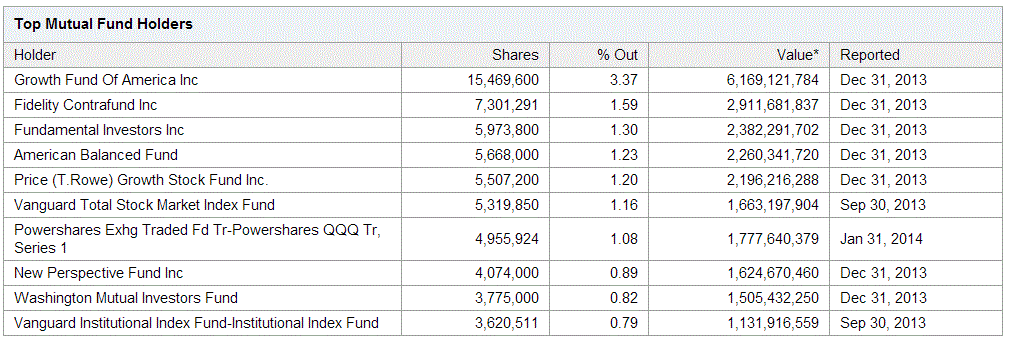NTPC is all over these days for wrong reasons, though. Too many news leading to negative reactions about the power-generating business.
I have noted about its poor state of affairs in the past, and argued how it has been lagging the market over the past years.
Although the market had discounted the upcoming news regarding tariff norms in the stock prices, when the final tariff regulations actually came out yesterday it did react again resulting in the stock dipping by over 11%, and over 1% today.
This is how the stock looked from 21 Feb to 25 Feb: over 12% drop in market value.
Just to magnify the situation - the market value of equity was Rs.1,092 b on 21 Feb which has come down to Rs.955 b now - this is a loss of Rs.137 b in just two days.
To make matters look worse the market value had reached Rs.2,391 b in 2008.
This is about 60% erosion of market equity in less than 6 years. The market is saying that it does not like the business anymore. May be long term is yet to come for this business to reward its (long-term) stockholders.
It is for us to judge how good that rationale is, and act based on facts rather than on market's views. An opportunity to buy at these low prices, or continue to believe that the business is facing headwinds is something to think about. Some raw data should help us.
On a firm basis - Operating profit:
- Last 3-year average - Rs.123 b;
- Last 5-year average - Rs.110 b;
- Last 10-year average - Rs.90 b.
For those who like equity analysis - Net earnings:
- Last 3-year average - Rs.105 b;
- Last 5-year average - Rs.97 b;
- Last 10-year average - Rs.80 b.
For those who like dividends:
- Last year dividend per share - Rs.5.75;
- Last 3-year average - Rs.4.52;
- Last 5-year average - Rs.4.19;
- Last 10-year average - Rs.3.42.
The current dividend yield is 4.96%, and based on 5-year average it is 3.61%.
However, the company's return on capital is not very good, and when analyzed with a higher cost of capital (long-term government bond rate itself is over 8%) it looks like any reinvestment is a value-destroying proposition.
The only way NTPC can add value is by being efficient in both current and future projects, and increasing return on capital. If that is not possible, it may be a good idea not to reinvest at all. On average the company has been reinvesting about Rs.150 b each year. If these investments do not yield better than its cost of capital, growth is unwarranted.
Being a government-owned company in a power-hungry country, it is startling to see such an important utility business being managed so badly.
Who is to be blamed - the government or the managers, or both?






